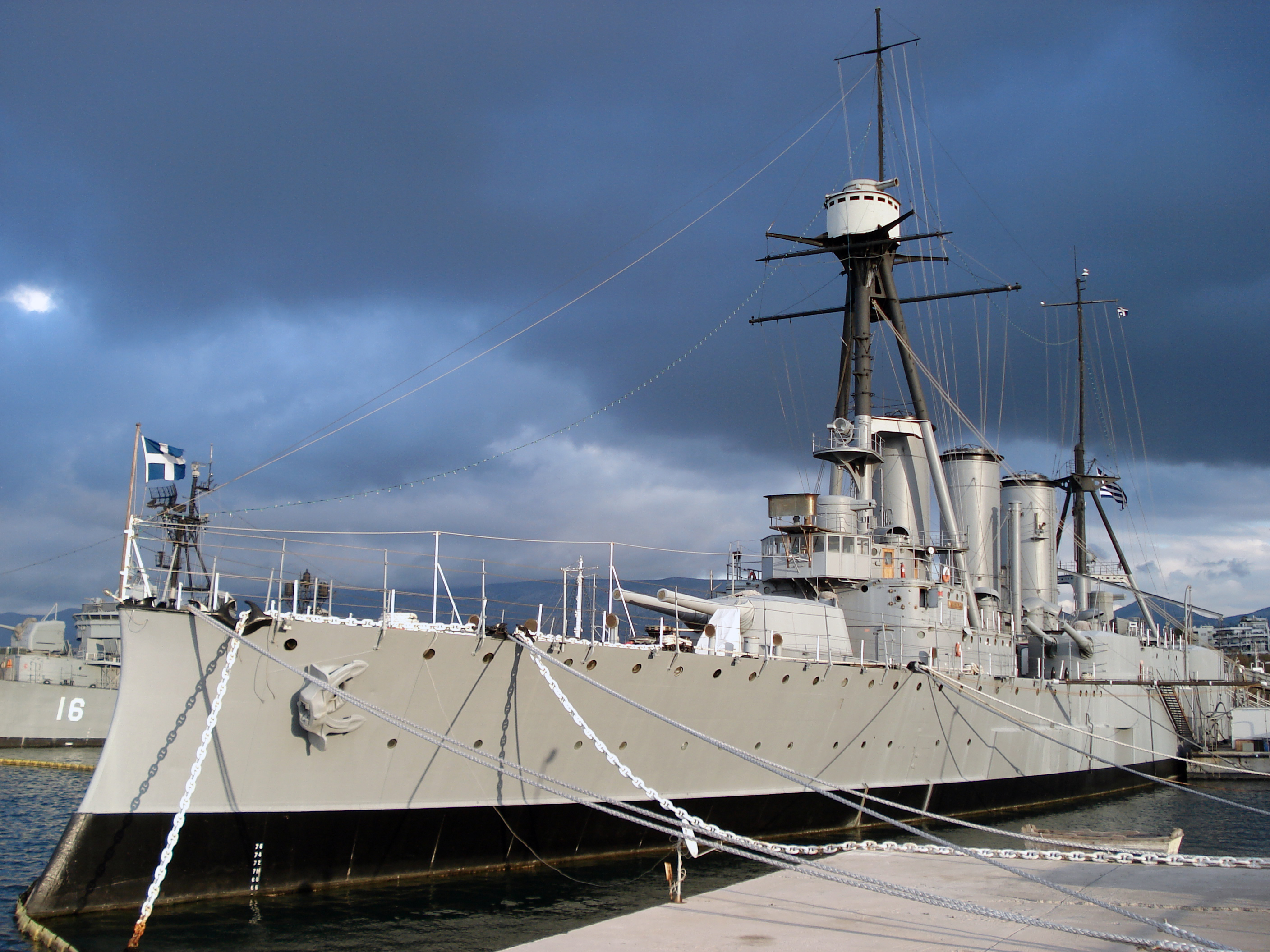The invasion of Normandy was famous for the huge multinational Allied force that landed on the beaches of northern France. Although the vast majority of the military personnel involved were American, British or Canadian, representatives from 13 Allied countries took part in the events of 6 June 1944. One of the smaller forces was a Greek naval contingent who provided two warships to assist the landings.
An Exiled Navy
Greece had had a tortured war by 1944, which began when Italy invaded the country in October 1940. The Greek Army had managed to halt the Italians but their success forced Nazi Germany to intervene. German forces invaded Yugoslavia and Greece in April 1941 and both countries were overrun within a month. Greece was occupied and divided between Germany, Italy and Bulgaria while the Greek government was forced into exile.
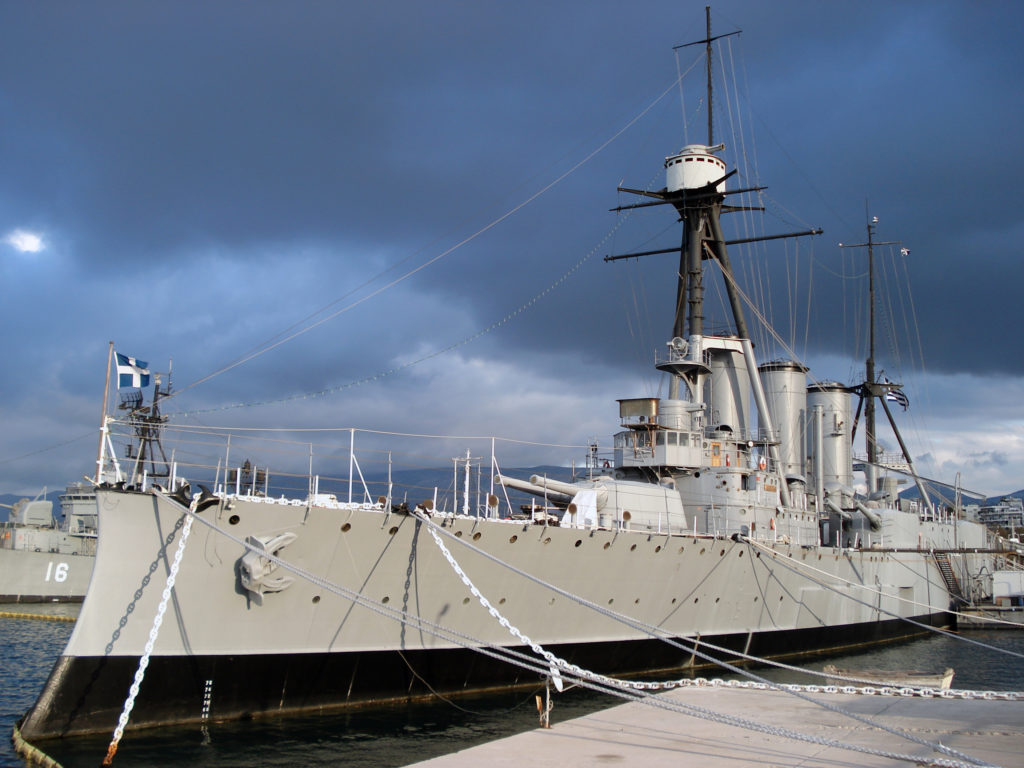
Nevertheless, determined military opposition against the occupation developed in the form of the Greek Resistance while the exiled Greek Armed Forces regrouped in the Middle East under British command. Three Greek brigades and a special forces unit were created during the war and they fought with distinction during the North African and Italian campaigns.
Even more impressive was the survival and contribution of the Royal Hellenic Navy. During the German invasion of 1941, the navy had lost over 20 ships within a few days but a substantial number of vessels were saved. This included a cruiser, six destroyers, five submarines and several support ships. This fleet was subsequently expanded with more vessels, including minesweepers, that were provided by the Royal Navy. In time, the Royal Hellenic Navy numbered 44 ships and over 8,500 personnel, which made it the second-largest Allied navy in the Mediterranean theatre. Despite Greece being under a brutal occupation, it’s navy accounted for 80 percent of all non-Royal Navy operations in the Mediterranean Sea.
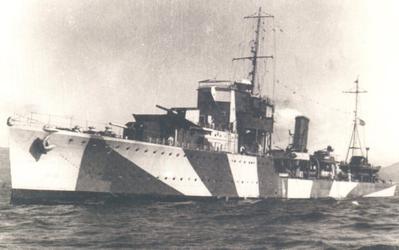
Greek warships that served under the Royal Navy were crewed by competent sailors, naval officers and Merchant Marine reservists. They gained considerable experience and respect from serving not just in the Mediterranean but also in the Arctic, Atlantic and Indian oceans by escorting Allied convoys. Consequently, when plans were drawn up for D-Day, the Greeks were unhesitatingly included.
Kriezis and Tombazis
The Royal Hellenic Navy would be directly involved in Operation Neptune, which was the codename for the largest seaborne invasion in history on 6 June 1944. 6,939 vessels were in the Allied armada along with 195,700 naval personnel. The Greek naval presence consisted of just two corvettes – RHN Tombazis and RHN Kriezis – but they still had to carry out a significant mission.
The two vessels were Flower-class corvettes, which were small, lightly-armed warships that were primarily used for escorting convoys. They had been transferred to the Royal Hellenic Navy from the Royal Navy in 1943 and had just completed escorting Atlantic convoys when they were called upon to take part in Neptune.
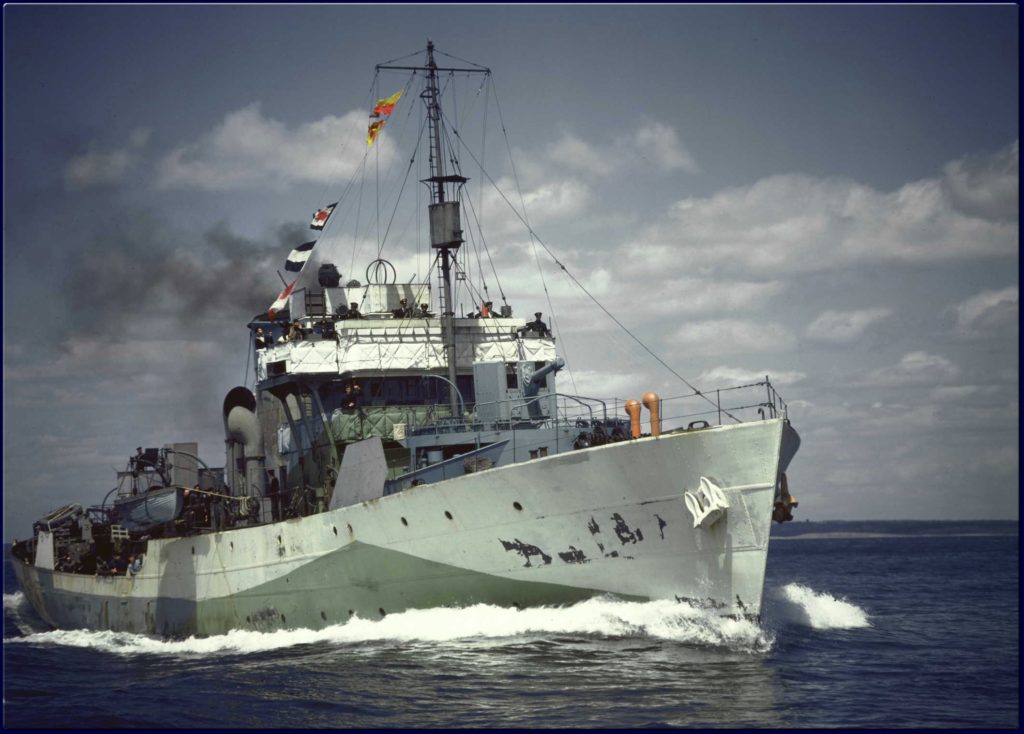
The ships’ captains had received detailed instructions in April 1944 and were largely based in Portsmouth until the invasion date was confirmed. On 5 June 1944, the corvettes received a secret signal that Operation Overlord was going to commence .
The Greeks were tasked with escorting other warships and landing vessels to Gold Beach where the British 50th Infantry Division would land. This was a dangerous task because the Germans had sown vast minefields in the English Channel and minesweepers would first have to pave safe channels for the invasion fleet.
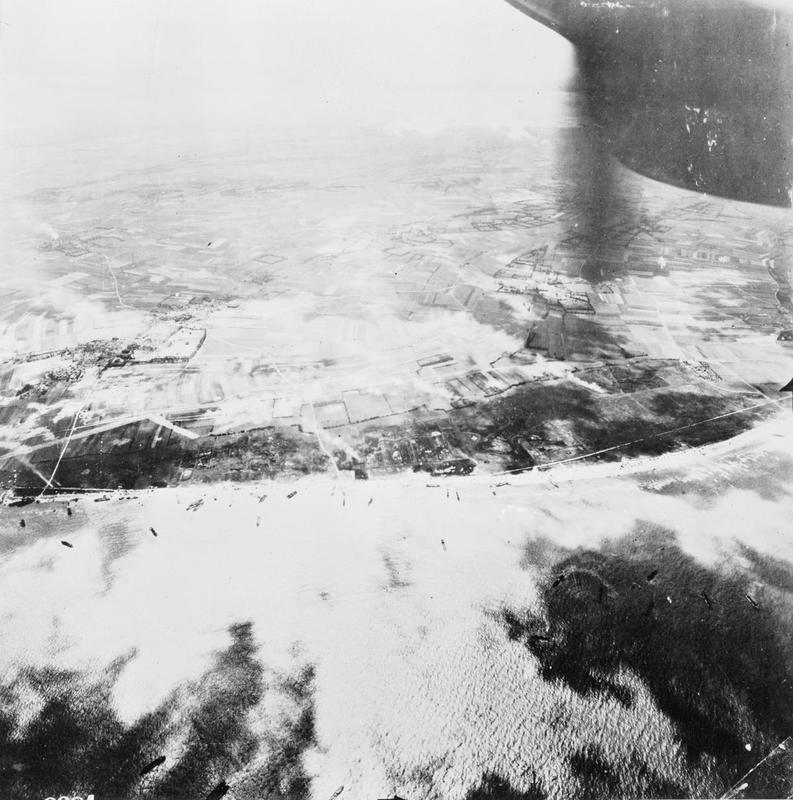
Kriezis and Tombazis departed from the Isle of Wight with other ships in the early hours of 6 June and sailed under radio silence. The waters of the English Channel were stormy but the Greek ships were among the first to follow the minesweepers through a safe channel.
At 05.30am the convoy emerged out of the minefield and began bombarding the French coast and the first waves of landings at Gold Beach began at 07.25am. Throughout 6 June 1944, the Greek ships provided covering fire for the landing forces and they were attacked by the Luftwaffe at dusk. The ships’ anti-aircraft guns saw off the attack with no casualties and they continued to escort landing and merchant ships back and forth across the Channel for weeks.
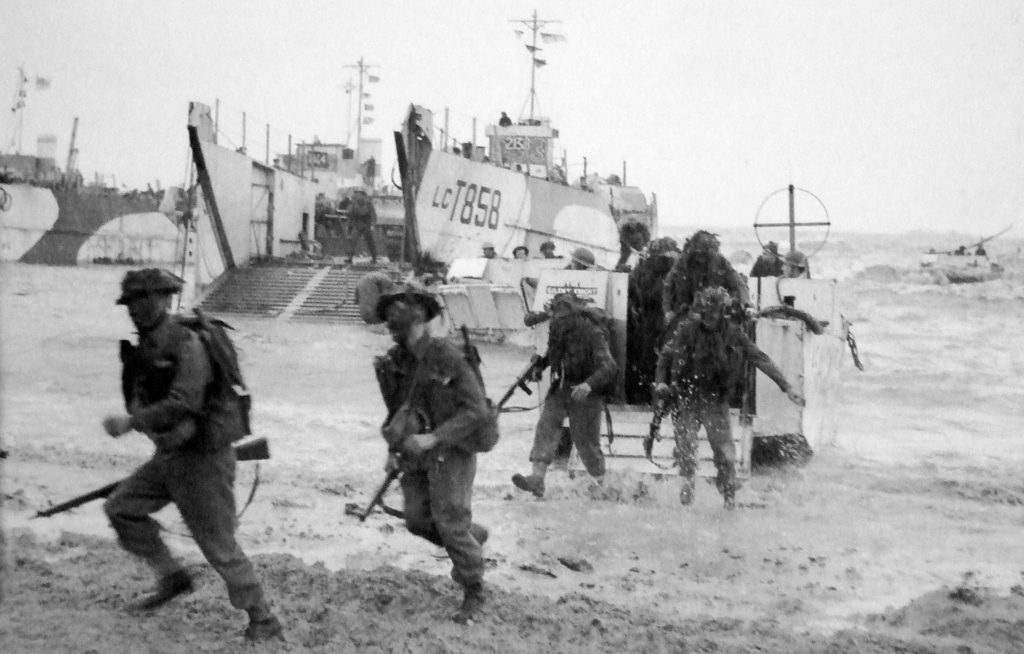
For example, Kriezis escorted three convoys to Normandy from both Portsmouth and Falmouth while Tombazis escorted vessels from Portsmouth to Normandy and between Cornwall and Southampton. After a short period of repair work in mid-June, the ships went back to work with the Kriezis escorting nine American convoys while the Tombazis conducted anti-submarine patrols off Cherbourg.
The Royal Hellenic Navy’s contribution to D-Day and the subsequent campaign in Normandy lasted until August 1944. Although their contribution was small, their willingness to be at the forefront of the invasion speaks volumes for their determination to liberate not just Greece, but the rest of occupied Europe as well. It was noticeably fitting that sailing among the vast fleet on 6 June were two vessels that hailed from the cradle of democracy in order to free democratic Europe from the tyranny of Nazism.
For more stories about D-Day pick up a copy of the special 75th anniversary edition of History of War Issue 68, which is on sale now. To purchase a copy or buy a subscription visit: www.myfavouritemagazines.co.uk
